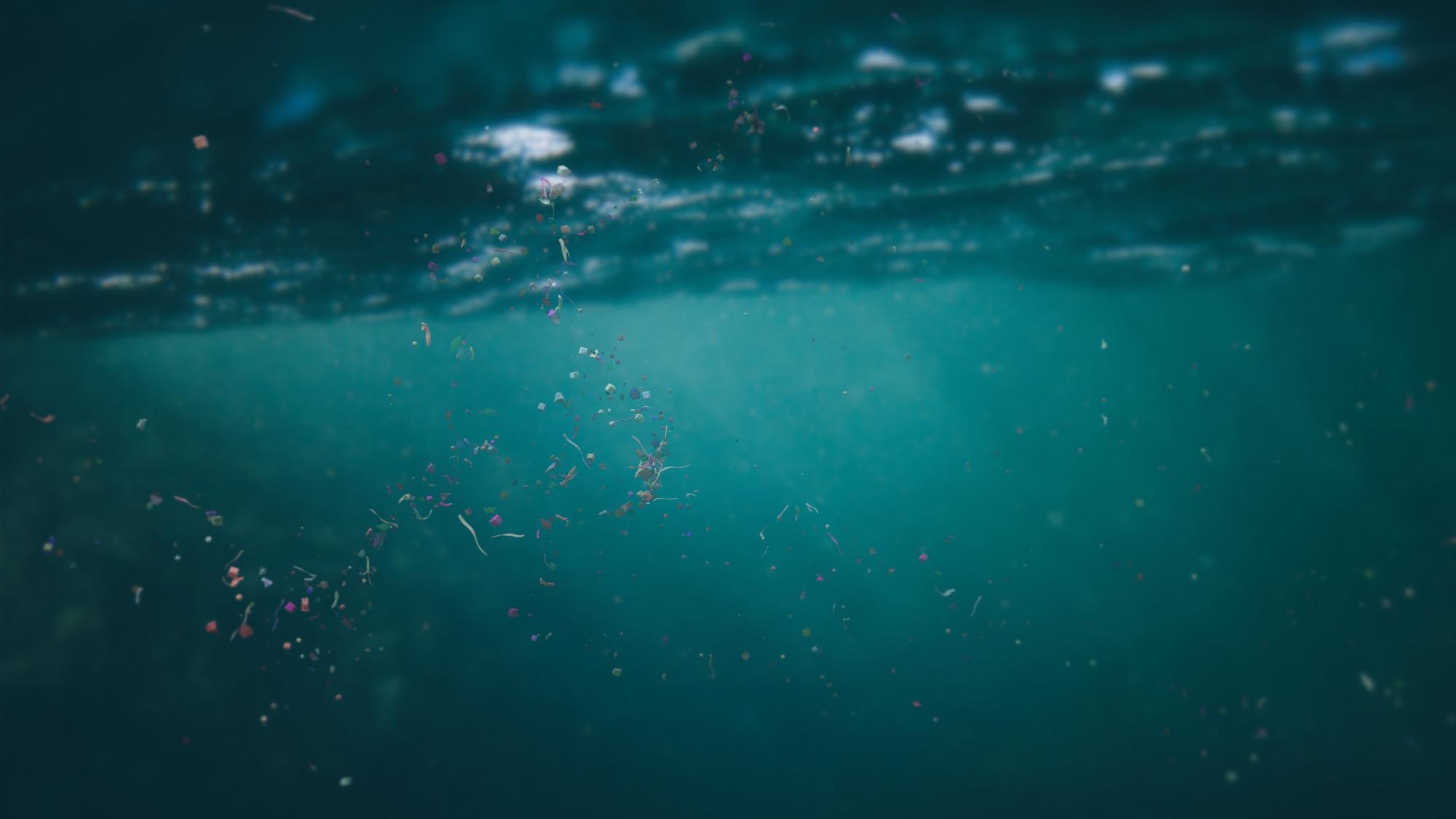
Image Credit: Shutterstock/Dotted Yeti
Researchers have discovered that microfibers from clothes are the most pervasive form of Arctic microplastic pollution.
The washing of clothes in households across Europe and North America could be having a significant impact on the number of microplastics in the world’s oceans.
That is the finding arrived at by the Ocean Wise conservation group, and Canada’s Department of Fisheries and Oceans. Researchers from these organizations collected samples of seawater from across the Arctic, finding that a disturbing 92 percent of microplastic pollution present was synthetic fibers. Of this proportion, a further 73% was polyester that the team found resembles synthetic textiles found in clothing.
Around 50% of our clothing is made up of plastic² and during a typical wash, a single piece of clothing can release up to 700,000 fibers³.
The striking conclusion here is that we now have strong evidence that homes in Europe and North America are directly polluting the Arctic with fibers from laundry — via wastewater discharge.
Dr. Peter Ross, Ocean Wise and the University of British Columbia
Ross is the lead author of a paper published in the journal Nature¹ that documents the team’s findings.
Microplastics: Small Particles, Big Problems
Although scientists were already aware that plastic microparticles from human activities had infiltrated some of the most pristine and undisturbed regions of the planet — with microplastics found in areas as remote as the Mariana Trench and in the snow of the Pyrenees mountains — the paper shines a light on the shocking extent of this contamination.
Ross goes on to explain to Agence France-Presse (AFP) that as of yet, the team is unsure of the mechanism responsible for distributing these synthetic fibers, but is reasonably certain that ocean currents play a major role in transporting the fibers northwards. The researcher also indicates that atmospheric systems could also be a contributing factor.
A microplastic is a plastic particle that the U.S. National Oceanic and Atmospheric Administration (NOAA) and the European Chemicals Agency define as being less than 5 mm in length.
Because the study of microplastics is very much an emerging field of study, NOAA says that the true impacts and potential environmental hazards of these small pieces of plastic are, as of yet, unknown⁴ but what is clear is that they pose a great threat to aquatic life.
That means that this latest study will come as extremely disturbing news to environmental scientists.
Searching for Microplastics
In order to arrive at their findings, the team collected samples of near-surface seawater from Tromso, Norway to the North Pole — a distance of around 12 thousand miles. From the Canadian Arctic, they collected samples from a depth of up to a thousand meters. They then used microscopy and infrared analysis to identify microplastics in the samples.
“We found microplastic in all but one sample, underscoring the widespread distribution of this emerging pollutant in this remote region,” says Ross.
The fact that the team found the contamination of microplastics in the eastern Arctic was three times greater than the concentration of similar particles in the western region, suggests to them that the Atlantic could be delivering these particles.
Currently, Ocean Wise estimates that each year households in the United States and Canada collectively release as much as 878 tonnes of microfibers. The problem is compounded by the fact that wastewater treatment plants are not catching plastic fibers. Thus, installing technology to catch these fibers could help mitigate microplastic pollution.
Correcting this isn’t the only route to reducing this type of pollution. Ross indicates that the textile industry could do more to design sustainable clothing that sheds less plastic.
Plastics are all around us. And while it would be grossly unfair to specifically point our finger at textiles as the only source of microplastics to the world’s oceans, we nonetheless see a strong footprint of polyester fibers that are likely to be largely derived from clothing.
Dr. Peter Ross, Ocean Wise and the University of British Columbia
References
¹ Ross. P. S., Chastain. S., Vassilenko. E., et al, [2021], ‘Pervasive distribution of polyester fibers in the Arctic Ocean is driven by Atlantic inputs,’ Nature, [https://doi.org/10.1038/s41467-020-20347-1]
² Preferred Fiber and Material Market Report, Textile Exchange, [2019], [https://store.textileexchange.org/wp-content/uploads/woocommerce_uploads/2019/11/Textile-Exchange_Preferred-Fiber-Material-Market-Report_2019.pdf]
³ Napper. I., Thompson. R., [2016], ‘Release of synthetic microplastic plastic fibers from domestic washing machines: Effects of fabric type and washing conditions,’ Marine Pollution Bulletin, [https://doi.org/10.1016/j.marpolbul.2016.09.025]
⁴‘What are microplastics?’ NOAA, [https://oceanservice.noaa.gov/facts/microplastics.html]
Disclaimer: The views expressed here are those of the author expressed in their private capacity and do not necessarily represent the views of AZoM.com Limited T/A AZoNetwork the owner and operator of this website. This disclaimer forms part of the Terms and conditions of use of this website.